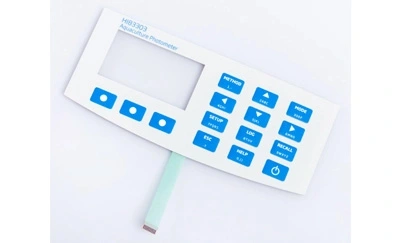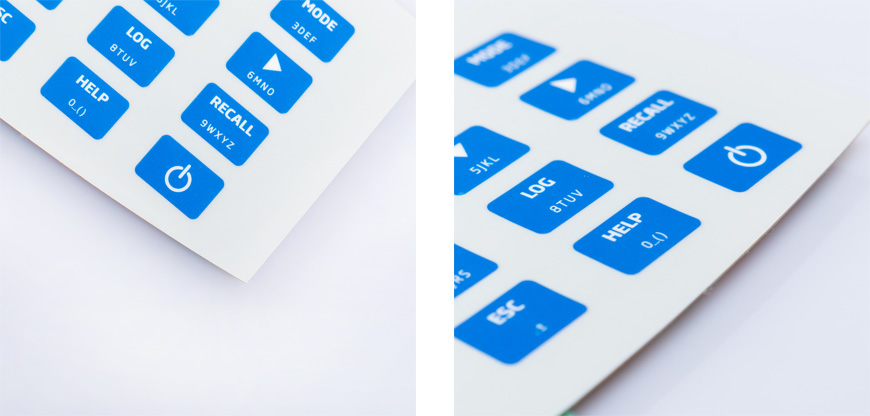
In the realm of modern technology, membrane switches have emerged as a crucial component in various electronic devices, from microwave ovens to advanced medical equipment. These thin, flexible, and durable interfaces have revolutionized the way we interact with machines. In this article, we will delve into the fascinating world of membrane switch technologies, exploring their history, construction, applications, and future prospects.

The Genesis of Membrane Switches
Membrane switches made their debut in the 1970s, initially serving as a replacement for mechanical switches. The demand for compact, lightweight, and reliable input methods spurred their development.
Anatomy of a Membrane Switch
A typical membrane switch comprises several layers, including graphic overlays, adhesive spacer layers, and conductive layers. These layers work in unison to create a responsive interface.
How Membrane Switches Work
When pressure is applied to the top graphic overlay, it makes contact with the conductive layers, completing an electrical circuit. This action triggers the desired function, such as turning on a device or inputting a command.
Materials Used
Membrane switches are constructed using materials like polyester, polycarbonate, and adhesive materials. These materials ensure durability and resistance to environmental factors.
Printing Techniques
Advanced printing techniques, such as screen printing and digital printing, are employed to create intricate designs and labels on the graphic overlay.
Tactile Feedback
Incorporating tactile feedback features enhances the user experience by providing a satisfying click or response when the switch is activated.
Consumer Electronics
Membrane switches are prevalent in consumer electronics like remote controls, microwave ovens, and home security systems due to their cost-effectiveness and durability.
Medical Equipment
The healthcare industry relies on membrane switches for their hygienic, easy-to-clean surfaces, making them ideal for medical devices, such as infusion pumps and diagnostic equipment.
Industrial Control Panels
In industrial settings, membrane switches are used in control panels for machinery and automation systems, where reliability is paramount.
Aerospace and Automotive
These switches find their way into aircraft and automotive applications, thanks to their lightweight nature and resistance to harsh environmental conditions.
Integration with IoT
With the advent of the Internet of Things (IoT), membrane switches are evolving to incorporate connectivity features, allowing users to control devices remotely.
Flexible and Wearable Tech
The development of flexible membrane switches has paved the way for wearable technology and innovative design possibilities.
Enhanced Durability
Researchers are continuously improving the durability of membrane switches to withstand extreme conditions and offer longer lifespans.
In conclusion, membrane switch technologies have come a long way since their inception, offering versatile solutions across multiple industries. Their adaptability, durability, and cost-effectiveness make them an indispensable part of our daily lives.
What are membrane switches used for?
Membrane switches are used in a wide range of applications, including consumer electronics, medical equipment, industrial control panels, and aerospace and automotive industries.
How do membrane switches provide tactile feedback?
Tactile feedback in membrane switches is achieved through the use of domes or other mechanisms that create a physical response when the switch is pressed.
What is the future of membrane switch technologies?
The future of membrane switch technologies involves integration with IoT, the development of flexible and wearable tech, and enhanced durability for various applications.
Are membrane switches cost-effective?
Yes, membrane switches are known for their cost-effectiveness, making them a popular choice for manufacturers across different industries.
Can membrane switches withstand harsh environments?
Many membrane switches are designed to be resistant to harsh environmental conditions, making them suitable for use in aerospace, automotive, and industrial applications.